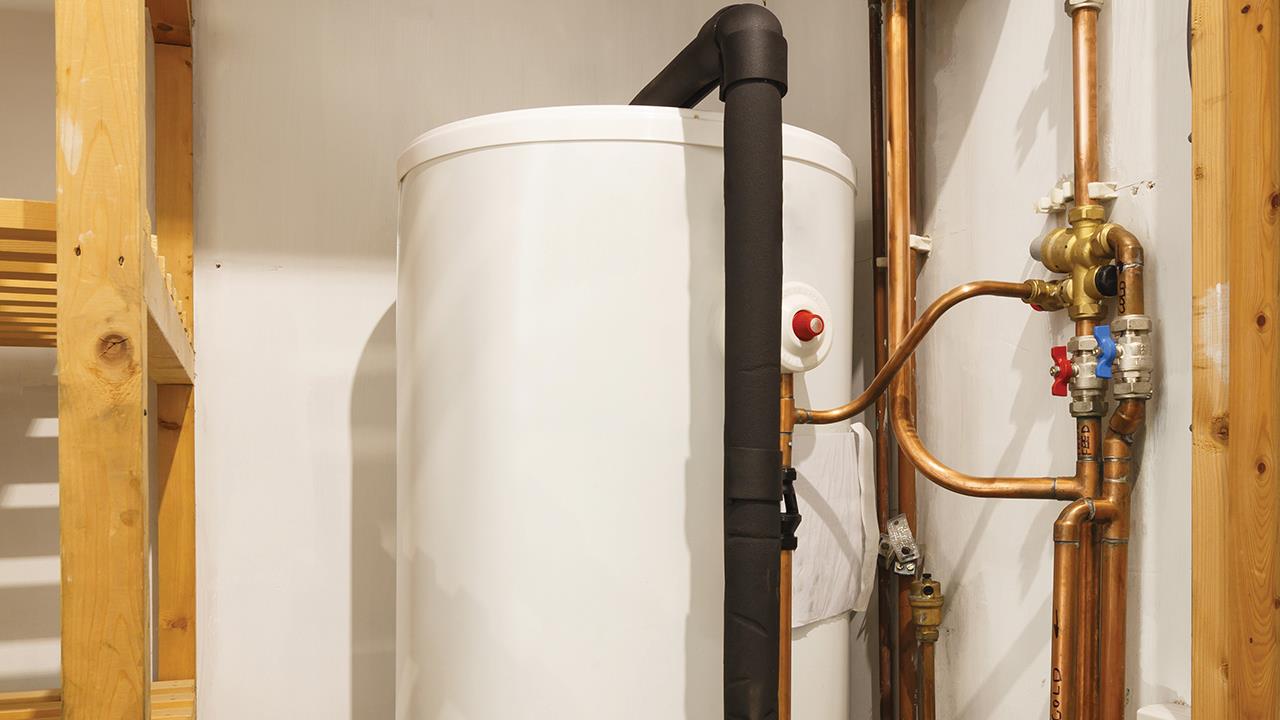

There are currently approximately nine million hot water cylinders installed, in homes across England. Which means around 18 million homes will need to install a hot water cylinder in order for the UK to meet our net-zero decarbonisation targets. Put simply, that’s 18 million homes that could be currently unable to decarbonise heating.
A recent report from the Hot Water Association, HWA, titled No Place Like Home, highlights huge gaps in government policy, which could result in unnecessary costs to consumers and the UK falling short of net-zero or, at the very least, make it harder to reach.
Quite simply, the government must do more.
The political focus of decarbonising heating has been solely on heat sources; such as boilers and heat pumps. There has been little to no focus on hot water cylinders, and recognition for the vital part they play in the efficient operation of low carbon heating. There is also, currently untapped potential for them to act as domestic batteries.
To decarbonise heating, all UK homes will need low to zero carbon heating, and most currently available low carbon heating solutions require a hot water cylinder.
With a gap of 18 million homes in England, it is clear that homeowners are not replacing or installing cylinders at the speed required to meet our decarbonisation targets.
Also, where a hot water store has been removed, the space is often repurposed for additional storage or bathrooms, and therefore re-introducing a hot water store can prove challenging.
There are many more UK homes now than there were 40 years ago: nearly 27 million today, compared to nearly 19 million in 1970. When you consider that London only has 3.28 million homes, a rise to nine million in population is significant and, inevitably, this puts upward pressure on carbon emissions.
Thankfully, significant changes in heating systems, comfort expectations, insulation, and use of appliances have transformed heat loss and emissions from housing, resulting in an overall downward trend in emissions.
Futureproofing
The direction of travel is clear, we need to futureproof the UK’s housing stock and, as an industry, we all must get on board with this, for both existing and newly built homes.
There is no justification for building homes with a permanent legacy of high energy bills. We already have some of the most energy inefficient homes in Europe; we need to break the vicious cycle of costly retrofit programmes.
The government must do more to educate homeowners, local authorities, and social landlords on the need for hot water storage, and homeowners should be able to access incentives if they wish to replace their hot water cylinder with no stipulation on the type of system to be installed, only that it is a suitable replacement. This will also mean that, in the future, the cost of moving to new heating systems will be reduced.
In addition, the energy storage potential associated with the UK’s current installed capacity of domestic hot water cylinders is comparable to our entire fleet of pumped hydroelectric storage. With just a fraction of this resource, it would be possible to absorb the largest surpluses of renewable power that arise from offshore wind and solar PV.
If we do not invest in this untapped asset then it will become more expensive to upgrade homes to become ready for net-zero.
We will also not be able to take advantage of the current grid balancing potential of millions of hot water stores.
The UK must deliver carbon reduction, in domestic fuel use. The way we source, produce, and utilise energy must change to accommodate our commitment to net-zero. Hot water storage solutions with ‘renewable-ready’ connections complement all sources of energy and offer homeowners comfort and convenience in both existing and newbuild homes.
The Climate Change Committee has identified that load shifting through behavioural change will be a key part of our transition to net-zero. In particular, ‘pre-heating’, as opposed to ‘peak heating’, is essential and, for this, we need to encourage the uptake of flexible energy storage through domestic hot water tanks and smart controls.
From a consumer’s perspective, replacing an old hot water cylinder with a modern, well-insulated cylinder and smart controls provides an opportunity to use low cost or even negatively priced electricity alongside their existing heating system.
If you'd like to keep up-to-date with the latest developments in the heating and plumbing industry, why not subscribe to our weekly newsletters? Just click the button below and you can ensure all the latest industry news and new product information lands in your inbox every week.